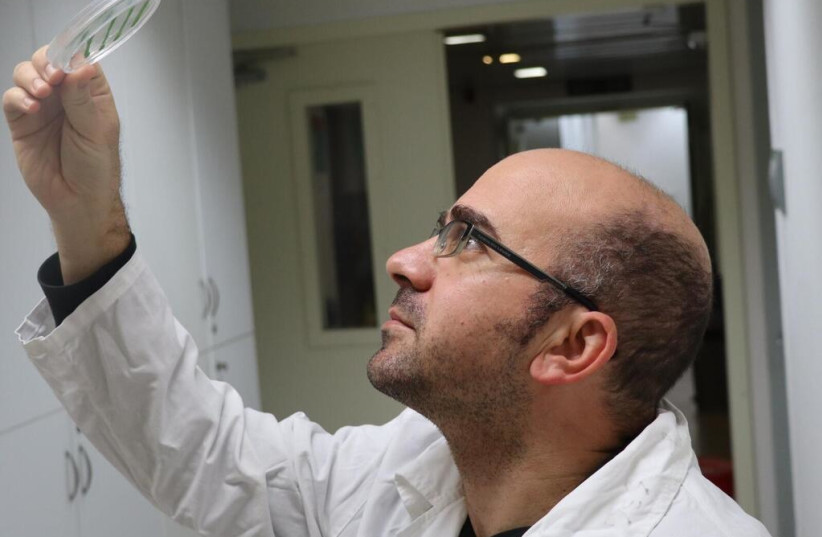A new study involving a Tel Aviv University researcher successfully tracked the photosynthetic properties of the Chlorella ohadii, a type of green algae considered to be the fastest-growing plant cell. This discovery will play an important role in future studies in the fields of agriculture, and more specifically, sustainable food.
This alga, named after the late botany professor Itzhak Ohad, is known for its ability to survive in extreme conditions of heat and cold, which forces it to exhibit resilience and grow very quickly.
In the process of photosynthesis, plants and algae convert water, light and carbon dioxide into the sugar and oxygen essential for their functioning. The researchers used innovative microfluidic methods based on complex physical, chemical and biotechnological principles in order to provide the algae with carbon dioxide in a measured and controlled manner and monitor the photosynthesis “online.”
Using comparative analysis, the researchers saw that there was a fundamental difference in the photosynthetic processes carried out in green algae compared to the model plants. They determined that the difference lies in variations in the metabolic networks, a deeper understanding of which will help in developing innovative engineering solutions in the field of plant metabolism, as well as the optimal engineering of future agricultural products.
“Past empirical studies have shown that photosynthetic efficiency is higher in microalgae than in C3 or C4 crops, both types of plants that have transport systems but which are completely different in terms of their anatomy and the way they carry out photosynthesis,” according to Dr. Haim Treves from TAU's School of Plant Sciences and Food Security, who was a researcher on the recent study alongside colleagues at the Max-Planck Institute for Molecular Plant Physiology in Germany.

"The next step is to export the genes involved in this pathway and in other pathways in which we have detected differences from algae and to test whether their insertion into other plants via metabolic engineering will increase their rate of growth or photosynthetic efficiency," he said.
“The toolbox we have assembled will enable us to harness the conclusions from the study to accelerate future developments in engineering in the field of algae-based sustainable food as a genetic reservoir for plant improvement. Monitoring photosynthesis is a quantitative and high-resolution process, and algae offer an infinite source of possibilities for improving photosynthetic efficiency.”
